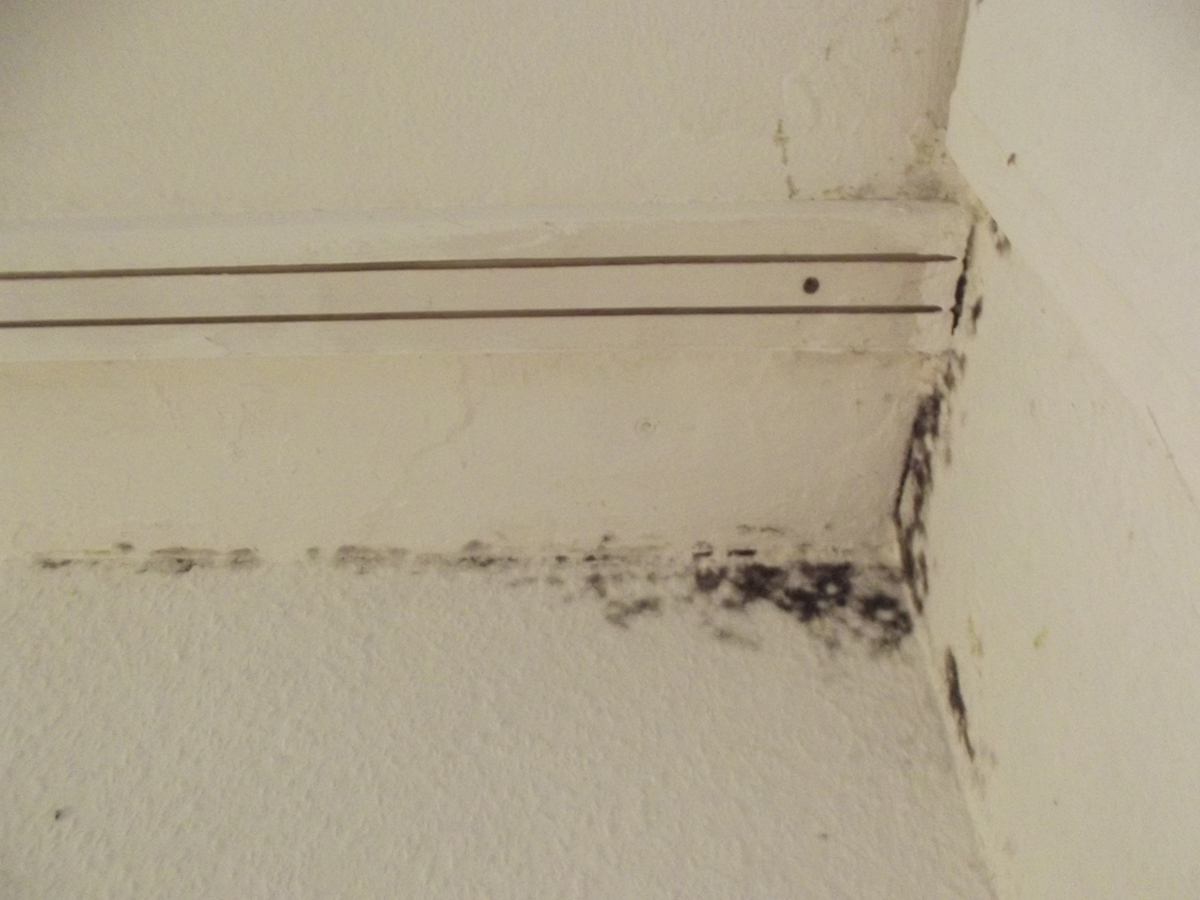Black Toxic Mold - Overview
Every one of us has some type of mold somewhere in the house. Not all types of mold are toxic for humans. Black toxic mold is considered toxic, and if it occurs in one's household, it needs to be eradicated as soon as possible because it can cause serious health issues.
Black mold spores (as well as spores of other mold types) are easily spread. Once they enter the house, they settle in damp and moist areas and start to multiply. The most common places where black mold tends to thrive include water-soaked wood, wall, floor or ceiling tiles, wall paneling, cardboard, etc. Only if there is a sufficient amount of moist black toxic mold can multiply.
Many people are exposed to black mold and have no symptoms. However, the very presence of black mold is dangerous and can in some people lead to serious health problems. This particularly refers to people with weak immune systems suffering from HIV/ AIDS, cancers, pneumonia, bronchitis, and other respiratory illnesses.

Symptoms of Black Toxic Mold Exposure in Humans
In the majority of cases, exposure to black toxic mold results in chronic sinusitis. People suffering from sinusitis caused by black toxic mold typically report nasal congestion, runny nose, sinus headache, sinus drainage, and cough (which is induced by irritation of the throat by sinus content).
If one has been exposed to a large quantity of black toxic mold, he/ she may develop symptoms and signs of mold poisoning such as headache, cough, red eyes, and skin rash or hives. There is also a chance of nausea, lethargy, breathing difficulties, lack of concentration, dizziness, and memory loss. In most extreme cases, there may be bleeding in the lungs and irregularities in blood pressure.
There is a variety of additional symptoms and signs associated with exposure to black toxic mold. The most common gastrointestinal problems occur in the form of poor appetite, acid reflux, abdominal pain, diarrhea, swallowing difficulties, etc.
Prolonged exposure may cause altered immunity and reactions such as anaphylaxis, food allergies, frequent infections, unexplained fever, systemic or localized candida infections, etc.
Exposure to black toxic mold can cause central nervous system disorders, problems with balance, depression and anxiety, tremors, irritability, and mood swings. In some cases, it is also possible that the affected person will bruise easily and suffer from frequent bloody noses.
Finally, there may be symptoms and signs related to connective tissue such as body aches and muscle pains, physical weakness, etc.
- Many terms have been used to describe this phenomenon, such as sick building syndrome (SBS). In 2009, the World Health Organization (WHO) published a comprehensive guideline, “Indoor Air Quality: Dampness and Mould.” In this 248-page report, the WHO estimated that 10% to 50% of indoor environments in Europe, North America, Australia, India, and Japan have clinically significant mold problems. The percentage is higher in river valleys and coastal areas.
- Indoor environments contain a complex mixture of live and dead microorganisms, fragments of dead organisms, toxins, allergens, volatile microbial organic compounds, and other chemicals.
- Since approximately 2005, a broad international consensus has been reached that mold and dampness in buildings significantly increases disease risk and is a public health hazard. However, the various governmental agencies, such as the Institute of Medicine report commissioned by the CDC and released in 2004, concluded that only conditions considered to have sufficient evidence of causation by mold or damp buildings are respiratory.
- The research is clear that mold and damp building exposure is a major factor in the asthma epidemic. One study estimated that dampness or mold in houses causes 21% of asthma in the United States, whereas a meta-analysis found a 30% to 50% increase in asthma and asthma-related health problems
- www.cdc.gov/mold/stachy.htm
- my.clevelandclinic.org/health/diseases/24862-black-mold
- Photo courtesy of NordhornerII by Wikimedia Commons: commons.wikimedia.org/wiki/File:Black_mold_in_a_building.JPG








_f_280x120.jpg)



-Does-It-Help-Treat-Allergic-Rhinitis_f_280x120.jpg)




Your thoughts on this
Loading...